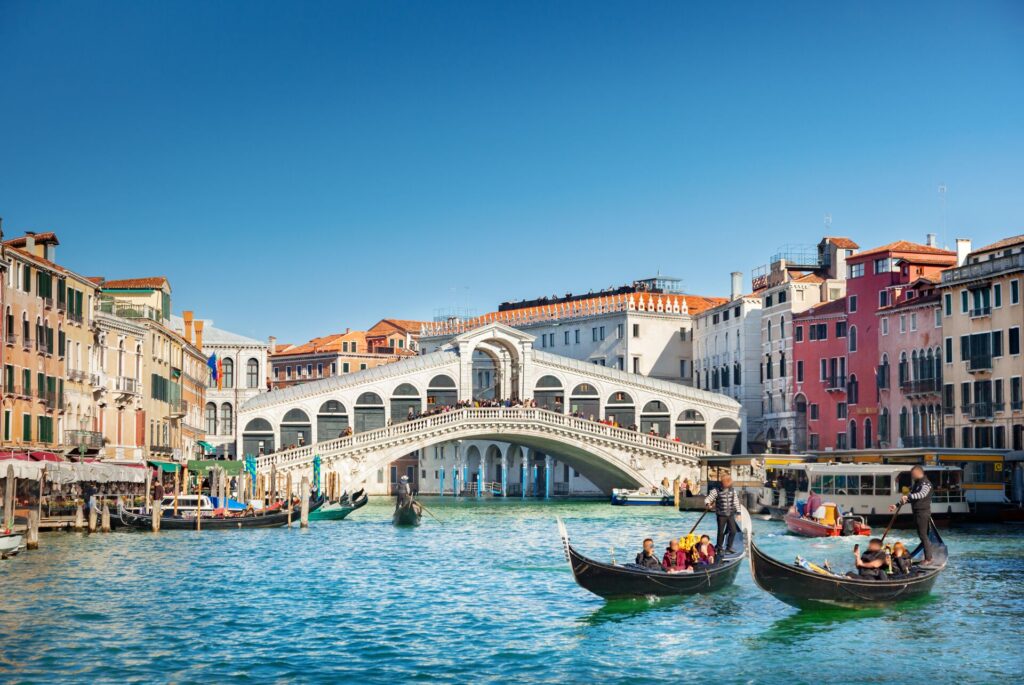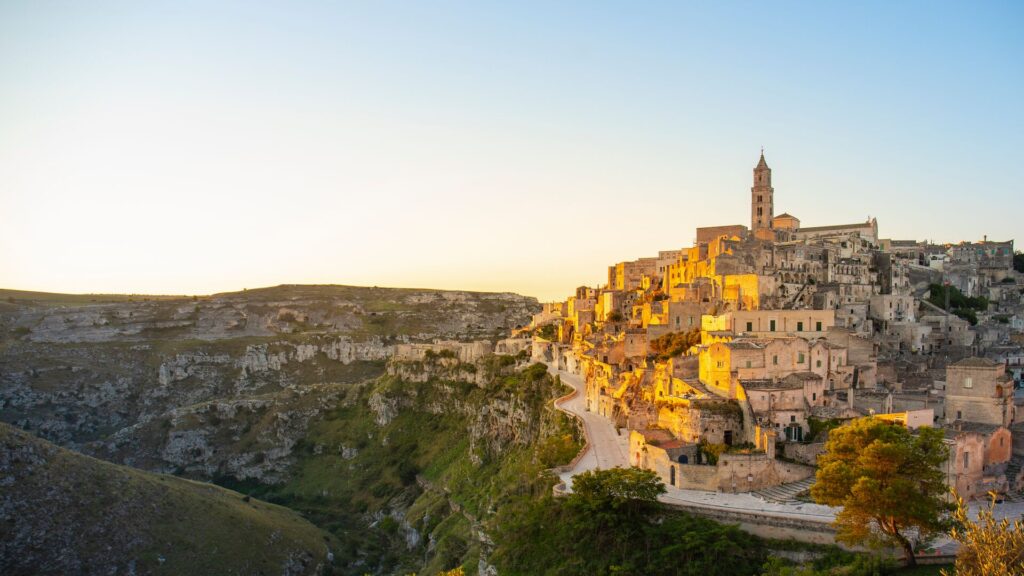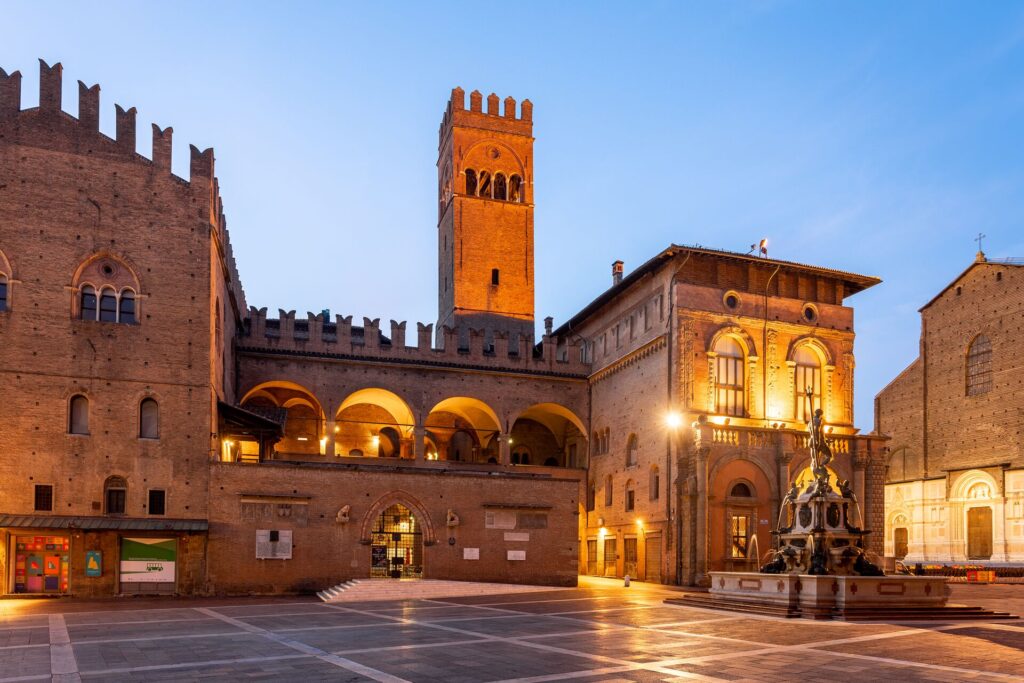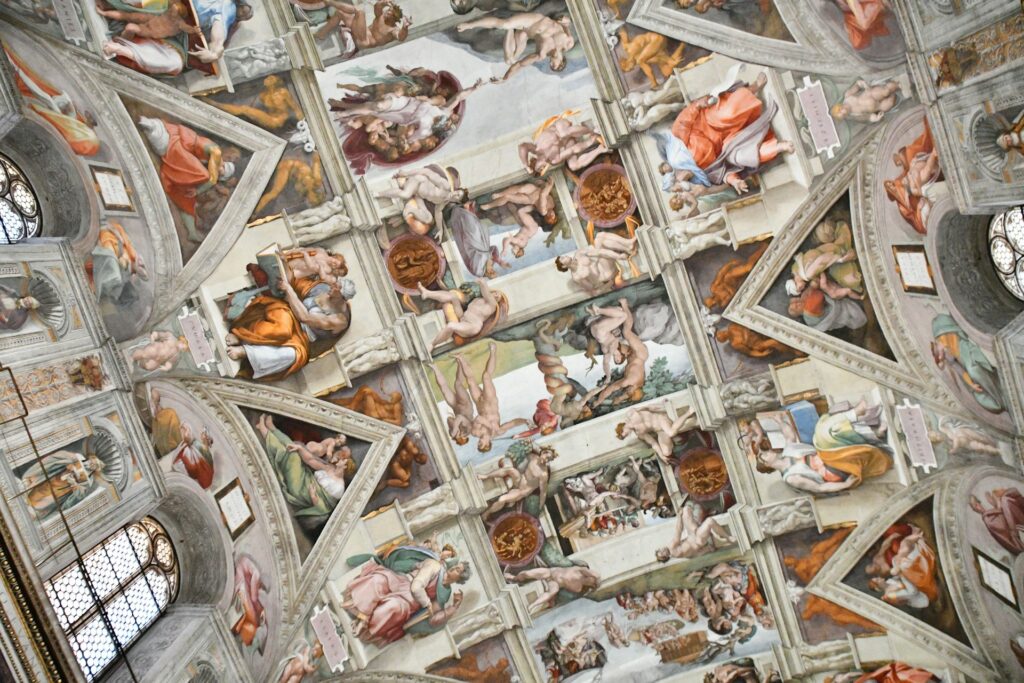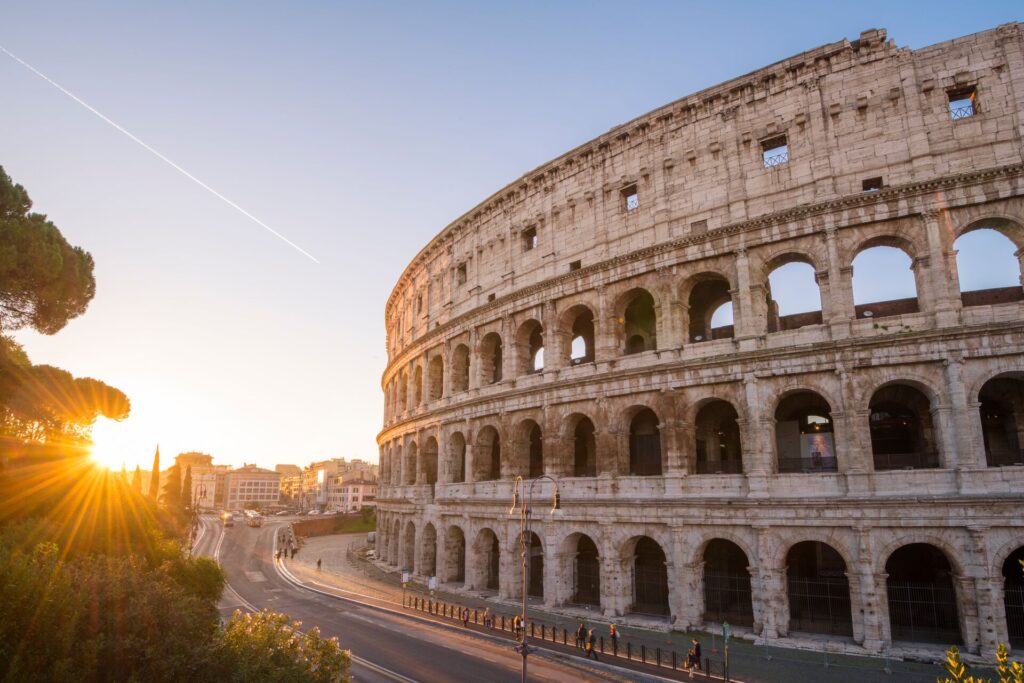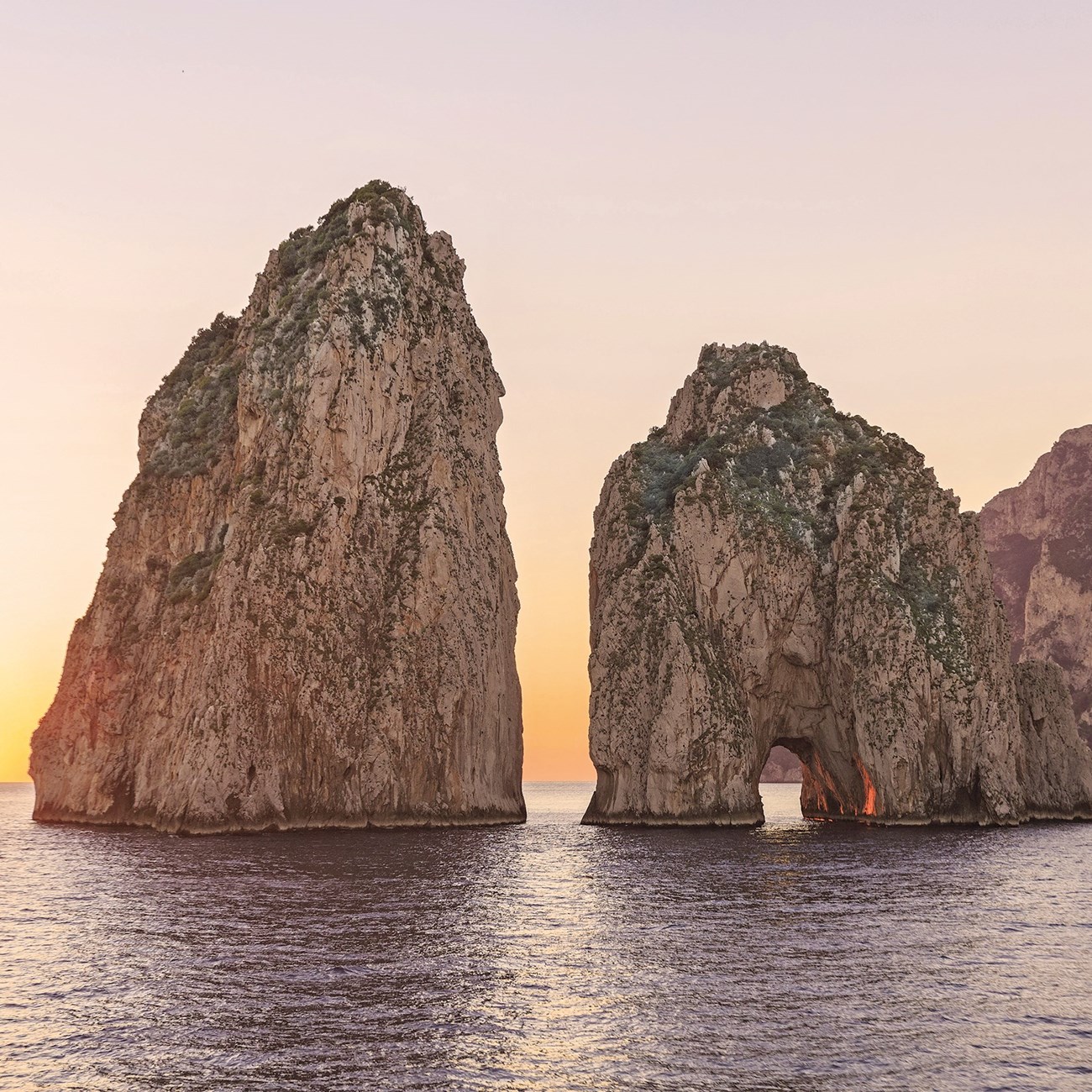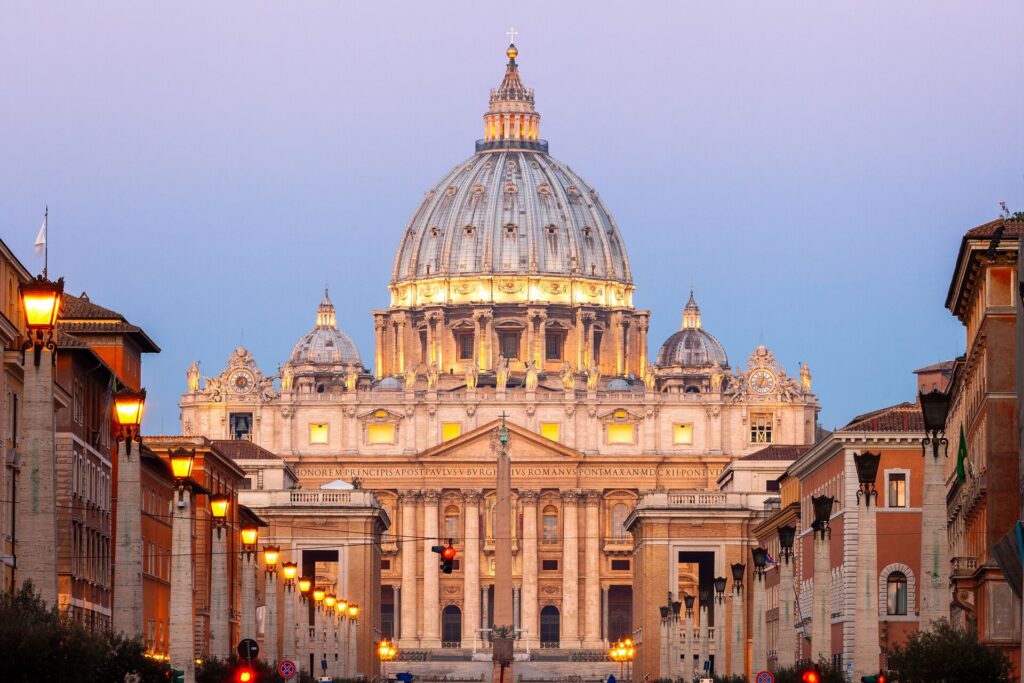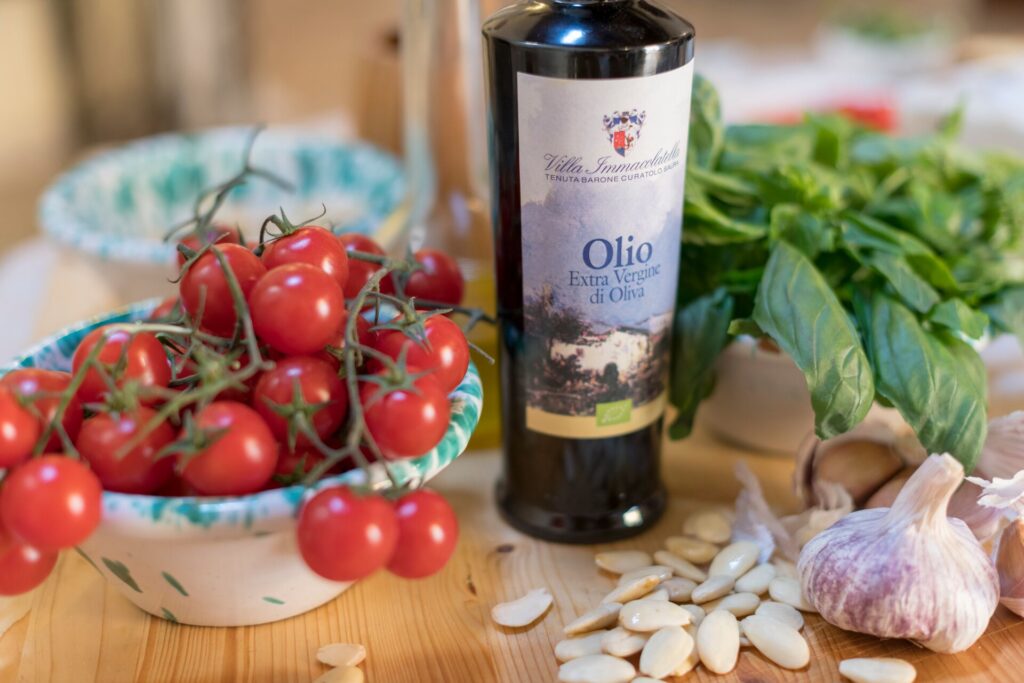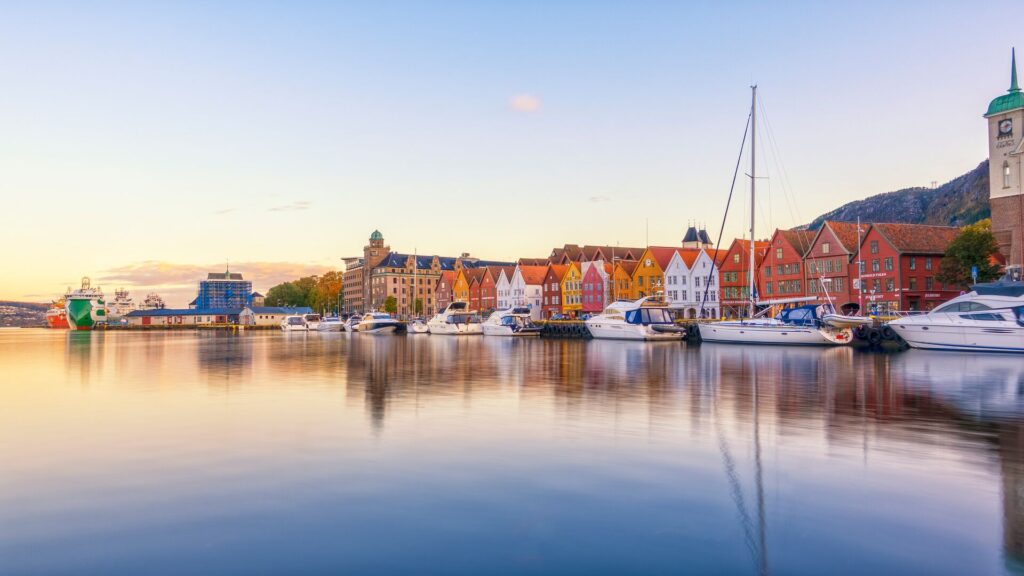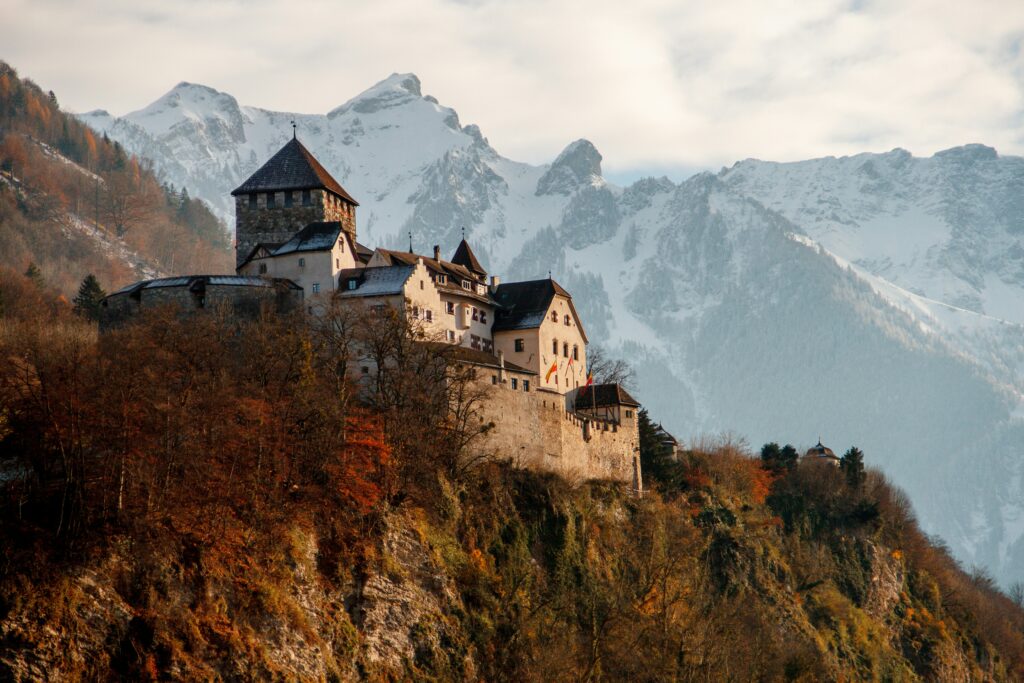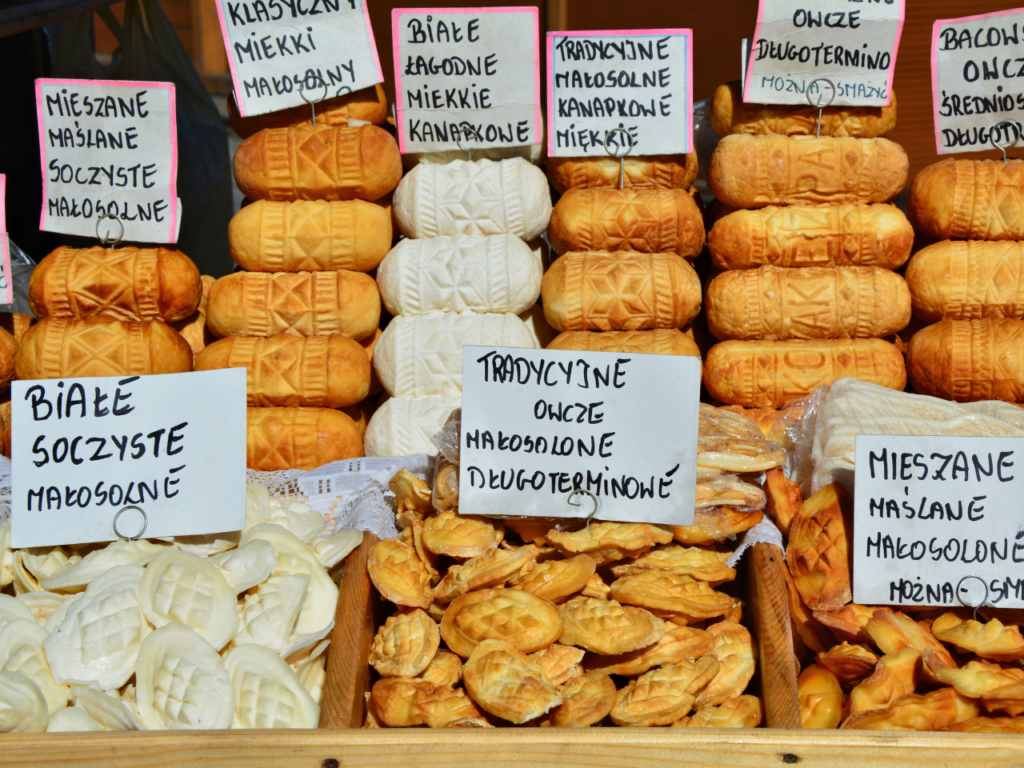21. There are more than 30 kinds of pizza
Italy is the birthplace of pizza, and it boasts more than 30 different kinds, each with its own distinct style and toppings. Neapolitan pizza, with its thin crust and simple toppings of tomato, mozzarella, and basil, is perhaps the most famous. In contrast, Roman pizza has a crispier crust, and regional variations like pizza alla siciliana feature toppings like eggplant and anchovies.

22. Florence is the birthplace of the Renaissance
Florence is widely regarded as the birthplace of the Renaissance, a period that spanned the 14th to the 17th centuries and reshaped art, science, and literature. The city was home to influential artists and thinkers like Leonardo da Vinci, Michelangelo, and Galileo, who revolutionized their respective fields. Florence’s Medici family, patrons of the arts, played a key role in supporting these Renaissance masters, and their legacy can still be seen in the city’s incredible museums, churches, and galleries, including the Uffizi Gallery and the Florence Cathedral.
23. Italians were the first to use forks
While forks are now common dining utensils around the world, one of the fun facts about Italy is that in Italy that they were first used during the 11th century. Initially introduced to the upper class in the Byzantine Empire, forks made their way to Italy, where they were adopted by aristocrats in Venice. Though initially met with resistance, the fork became popular in Italy due to its practicality, especially for eating pasta and other dishes. By the 16th century, forks had spread across Europe, changing dining etiquette forever.
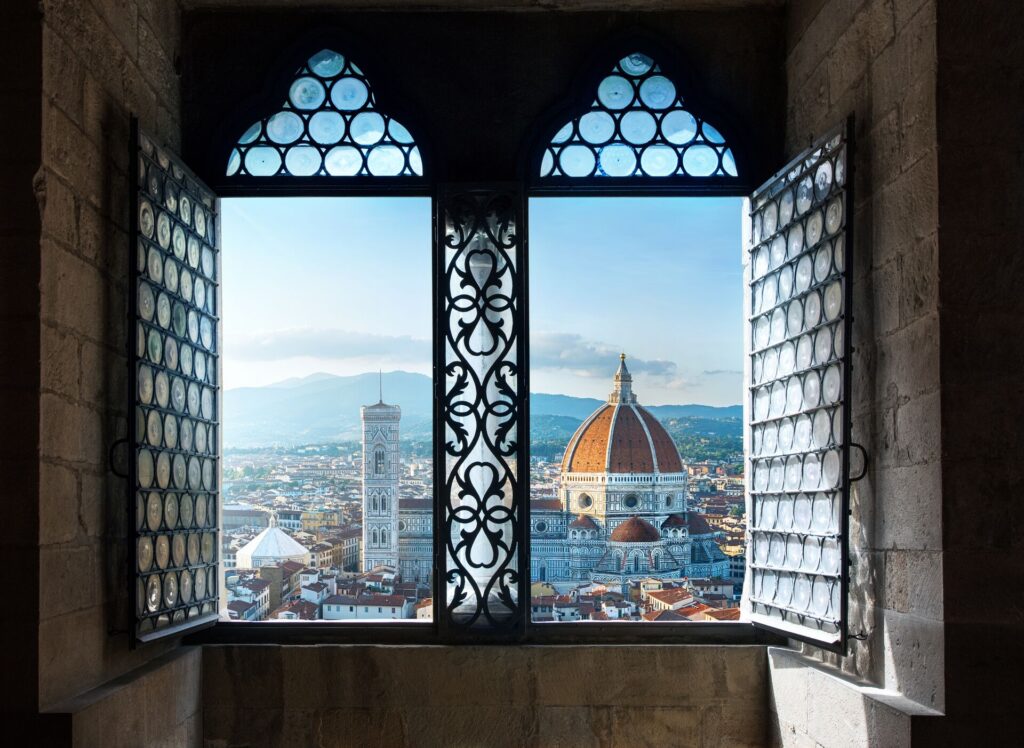
24. The Trevi Fountain raises millions
Coins tossed into the Trevi Fountain, one of Rome’s most iconic landmarks, are collected and donated to charity, raising over €1 million annually. According to tradition, tossing a coin over your left shoulder into the fountain ensures that one day you’ll return to Rome. The fountain, completed in 1762, is a baroque masterpiece featuring mythological figures like Neptune and Triton. It is one of the most photographed spots in the city, attracting thousands of visitors each day.
25. Italy invented espresso
The iconic espresso was born in Italy in the late 19th century, revolutionizing the way the world drinks coffee. The first espresso machine was created in Turin in 1884 by Angelo Moriondo, but it was Luigi Bezzera’s improvements in the early 1900s that made it commercially successful. Italian espresso is characterized by its strong, concentrated flavor, and it remains an integral part of daily life in Italy, where it’s typically enjoyed in small cups throughout the day. The popularity of espresso has since spread globally, influencing coffee culture everywhere.
26. Italy has the most active volcanoes in Europe
Italy is home to three of Europe’s most active volcanoes: Mount Etna, Stromboli, and Mount Vesuvius. Mount Etna, located in Sicily, is Europe’s largest and most active volcano, with eruptions occurring regularly. Stromboli, located on an island off the coast of Sicily, has been continuously erupting for over 2,000 years, earning it the nickname “Lighthouse of the Mediterranean.” Mount Vesuvius, infamous for the eruption that destroyed Pompeii, remains an active threat, with ongoing monitoring to ensure the safety of nearby residents.
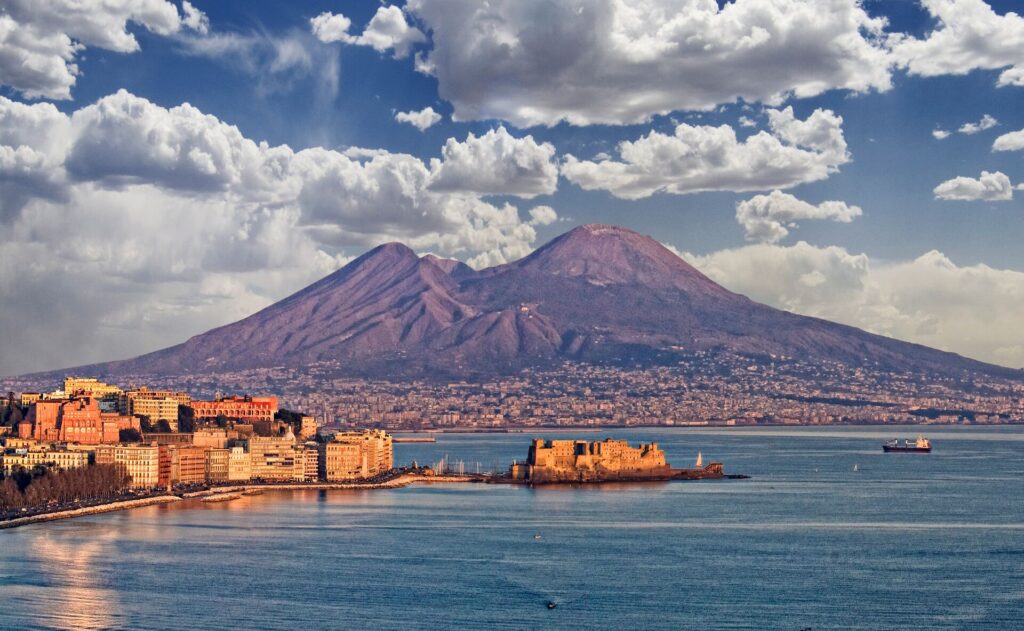
27. Italy has more than 1,500 lakes
From the famous Lake Como and Lake Garda to lesser-known hidden gems, Italy is home to over 1,500 lakes. Predominantly found in the north, at the base of the Alps, these lakes offer breathtaking landscapes and a classy taste of ‘La bella vita’.
28. The word ‘Italy’ is derived from the Latin for ‘young calf’
The name Italy derives from the Latin word “vitulus,” meaning a young calf. This references the country’s early agricultural roots, particularly in the southern regions, where cattle farming was a key part of the economy. Over time, the term “Italia” became associated with the entire Italian peninsula, and by the 1st century BC, it had come to represent the unified region we know today. The image of a calf, symbolizing prosperity and fertility, remains an important cultural symbol for the country.
